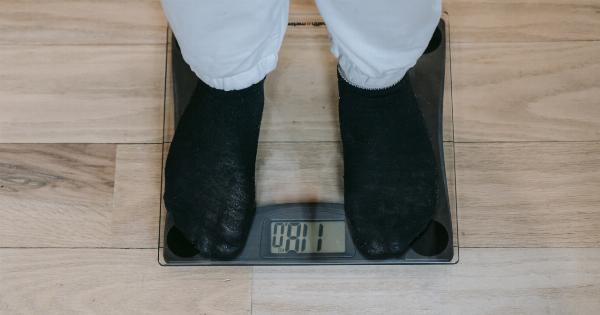Exercise is an essential part of our daily routine. Not only does it help us stay fit and healthy, but it also helps in reducing stress, keeping our minds sharp, and increasing energy levels.
However, exercising alone does not guarantee that you will lose weight or achieve your fitness goals. To get the best results, it is crucial to understand how many calories you burn during your selected exercise and to ensure that you are burning more calories than you are consuming through your diet.
In this article, we will explore how to calculate your exercise burn-off rate and give you a better understanding of how to assess your fitness goals.
What is Exercise Burn-Off Rate?
In simple terms, exercise burn-off rate refers to the number of calories you burn during your workout. Your body requires a specific number of calories to perform daily activities such as walking, sleeping, and breathing.
Your daily calorie requirement depends on various factors like age, height, weight, sex, and your activity level. To lose weight, you need to consume calories less than your daily calorie requirement or burn more calories than your daily calorie requirement through exercise.
Factors Affecting Exercise Burn-Off Rate
The number of calories you burn during exercise depends on various factors such as:.
- Your age
- Your sex
- Your weight
- Your height
- Your fitness level
- The type of exercise you perform
- The duration of your exercise
- The intensity of your exercise
How to Calculate Your Exercise Burn-Off Rate
To calculate your exercise burn-off rate, you need to determine your basal metabolic rate (BMR). BMR refers to the number of calories your body requires to perform daily activities at rest.
You can use an online BMR calculator to calculate your basal metabolic rate. Once you have determined your BMR, you can calculate the number of calories you burn during exercise.
To calculate the number of calories you burn during exercise, you need to multiply your BMR by the appropriate activity factor. The activity factor depends on the type and intensity of exercise you perform.
The activity factor for various exercises is as follows:.
Exercise Activity Factor
- Sedentary: BMR x 1.2
- Light exercise (1-3 times a week): BMR x 1.375
- Moderate exercise (3-5 times a week): BMR x 1.55
- Heavy exercise (6-7 times a week): BMR x 1.725
- Very heavy exercise (twice a day, extra heavy workouts): BMR x 1.9
Examples of How to Calculate Exercise Burn-Off Rate
Here are a few examples to help you understand how to calculate your exercise burn-off rate.
: Example 1
Suppose you are a 30-year-old female, weighing 70 kgs, and have a height of 5 feet 6 inches. Your BMR will be 1,420 calories/day. If you perform moderate exercise three times a week, your exercise burn-off rate will be:.
1,420 x 1.55 = 2,201 calories/day.
: Example 2
Suppose you are a 25-year-old male, weighing 80 kgs, and have a height of 6 feet 2 inches. Your BMR will be 1,800 calories/day. If you perform heavy exercise six times a week, your exercise burn-off rate will be:.
1,800 x 1.725 = 3,105 calories/day.
Conclusion
Calculating your exercise burn-off rate is an essential part of achieving your fitness goals.
Understanding the number of calories you burn during exercise can help you plan your workout routine and ensure that you are burning more calories than you are consuming through your diet. It is important to consult a doctor or a fitness expert before starting any exercise routine and be mindful of your health and fitness goals.



























